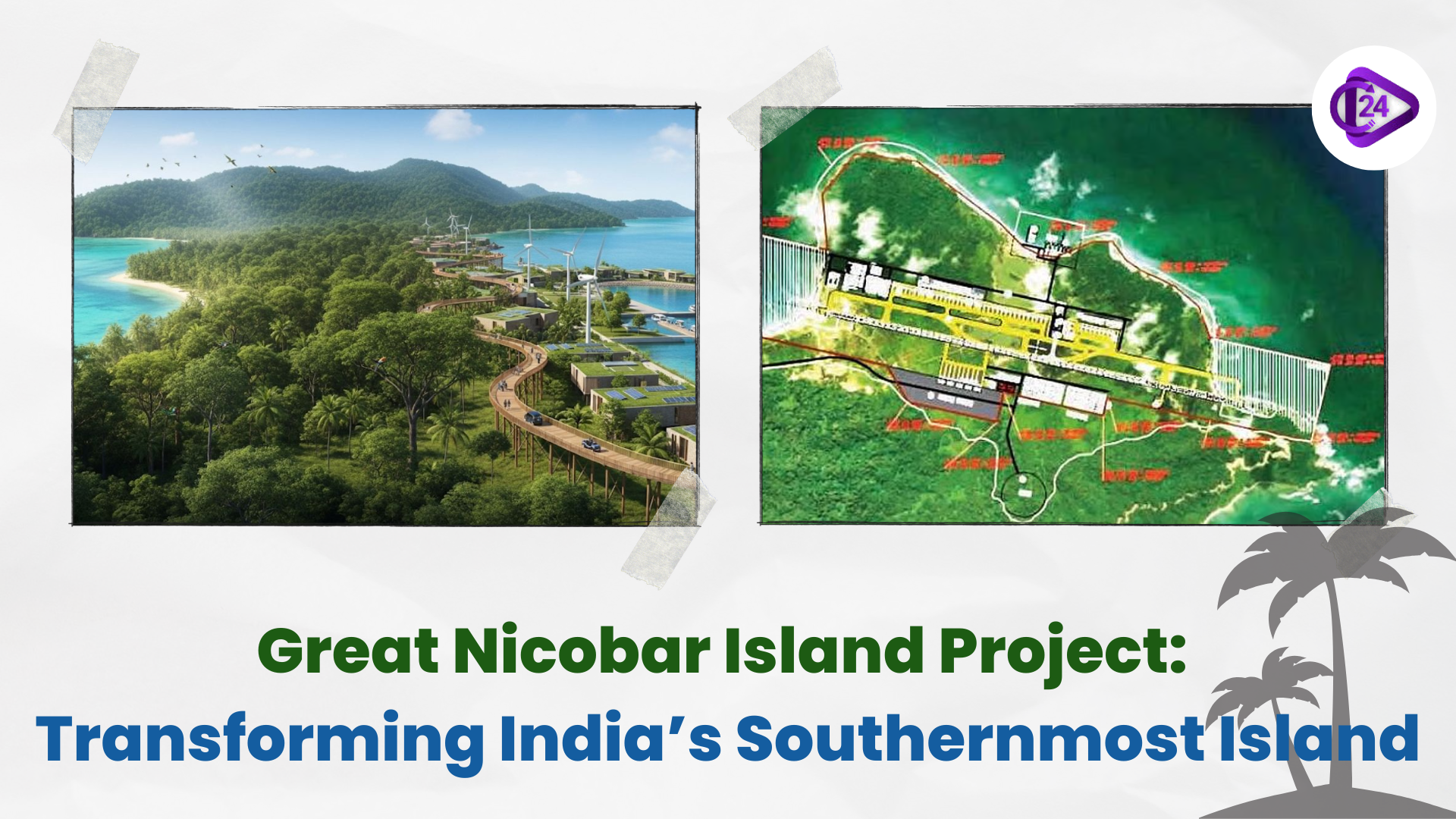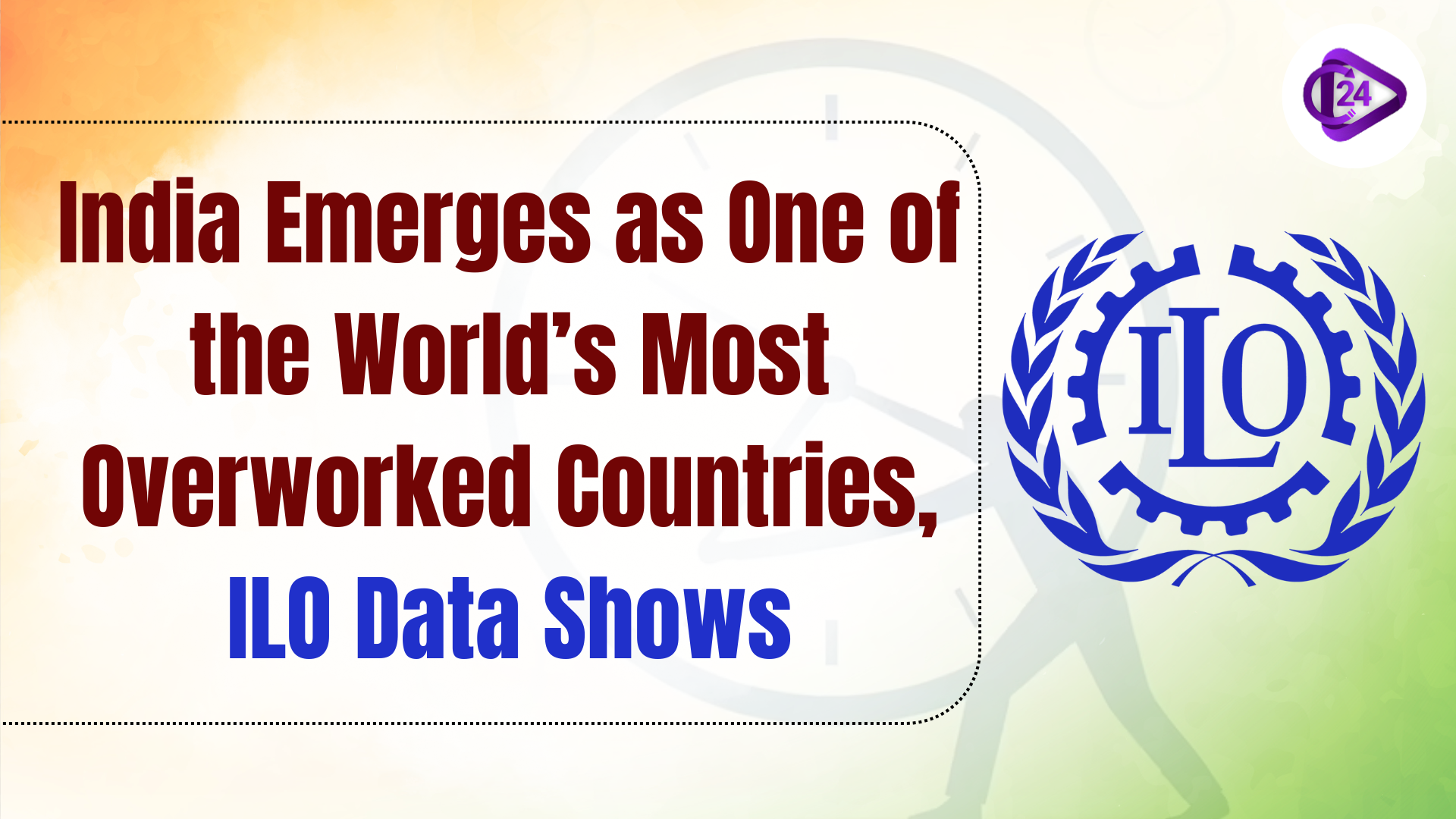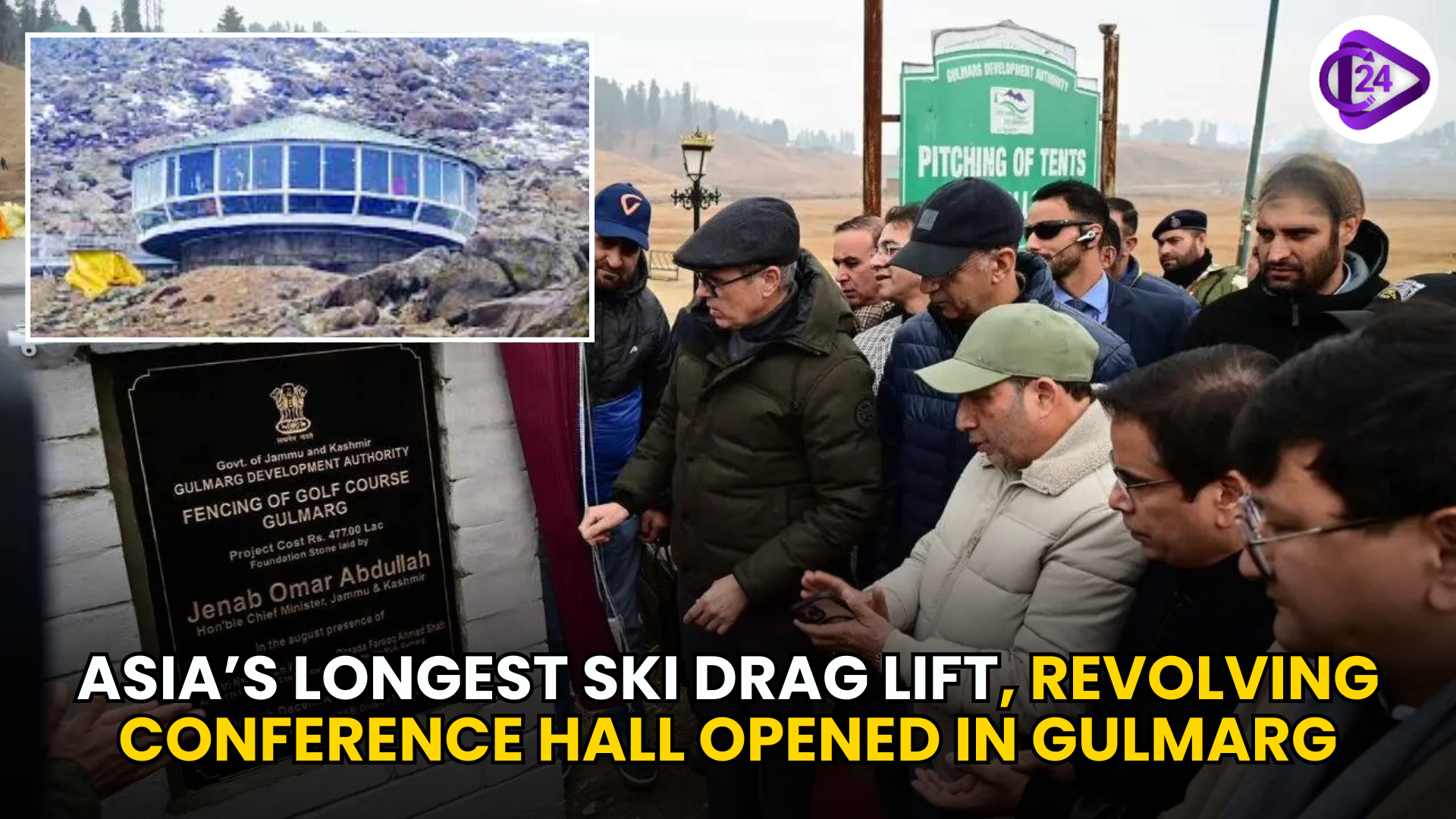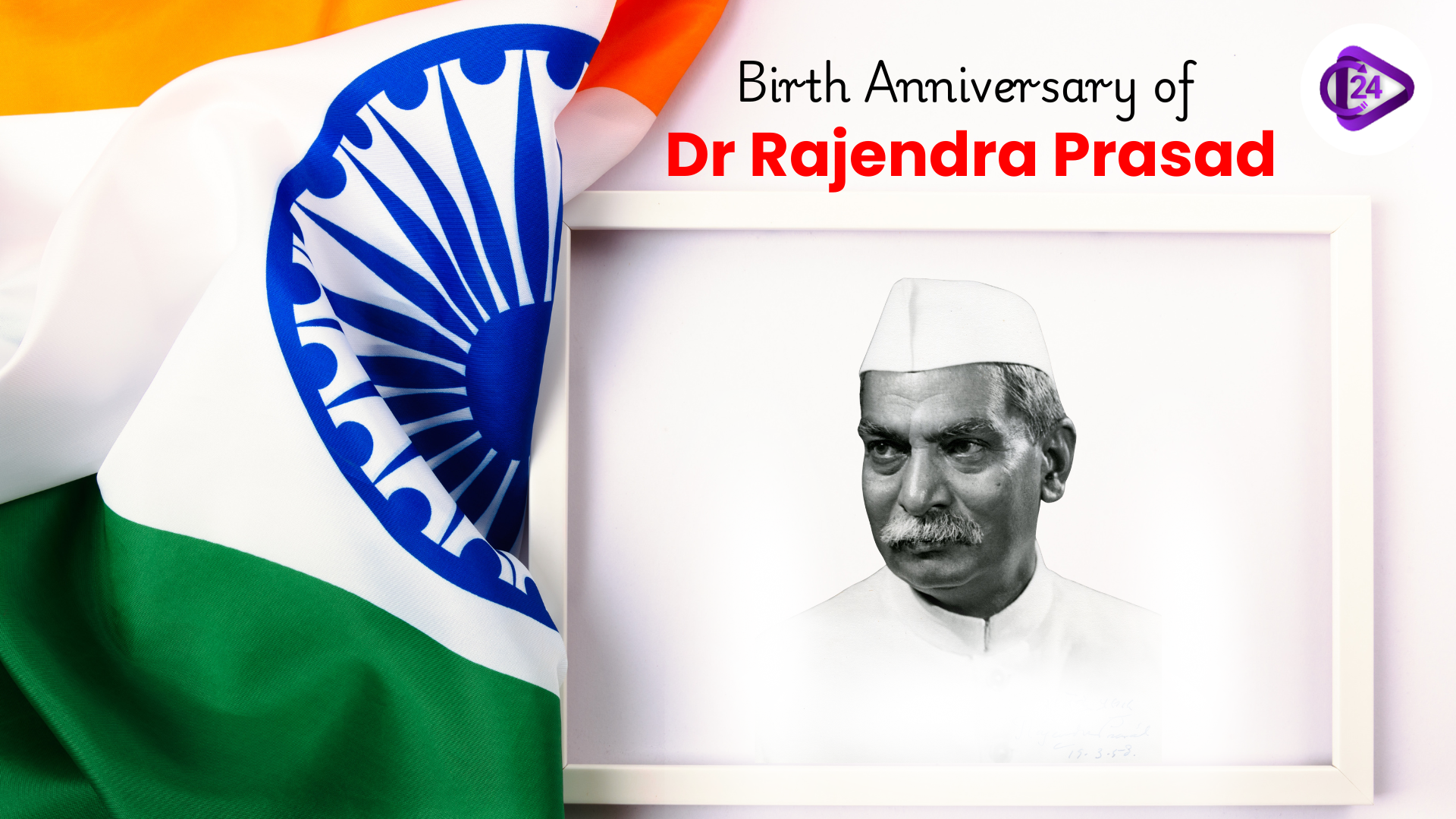
The Great Nicobar Island Project has been in the limelight of Prime Minister Narendra Modi and he has proposed to change the island into a major maritime and air connectivity hub in the Indian Ocean Region (IOR) through the project. It is said to be of strategic, defence, and national significance, and is a balance of both economic development and environmental conservation, and fits the idea of a Viksit Bharat in 2047.
Project Overview
The Great Nicobar Island Project is a multi-development project aimed at improving the infrastructure, connectivity and the presence of Indian maritime security.
Key Features:
-
International Container Transshipment Terminal (ICTT): Capacity of 14.2 million TEU, making it one of Asia’s largest.
-
Greenfield International Airport: Dual-use for civilian and military purposes.
-
Power Plant: 450 MVA gas and solar-based project for energy security.
-
Township Development: Spread across 16,610 hectares to support population and economic activity.
-
Project Cost: ₹72,000 crore
-
Timeline: Phased execution over 30 years
Geopolitical and Strategic Importance.
-
Weakening Expansionism: Strengthens India to counter regional security threats, such as the increase in Chinese naval power.
-
Reducing Illicit activities: Assists in thwarting illegal poaching/transnational maritime crimes.
-
Maritime Advantage: Sited south of Indira point which is less than 150 km into Indonesia to gain strategic control of the Malacca Strait-Indian Ocean route.
-
Global Positioning: Enhanced maritime and air connectivity makes India a security and trade partner of choice in the Indo-Pacific.
Ecological and Tribal Issues.
-
Forest Diversion: Approximately 13,075 hectares (15% of the island) will be diverted; approximately 964,000 trees would be subjected to a threat.
-
Wildlife Impact: Leatherback sea turtle is an endangered species found here.
-
Indigenous Tribes:
-
Shompen: ~237 members
-
Nicobarese: ~1,094 members
-
Tribal reserve: The area is 751 sq km, 84 sq km will be denotified.
-
-
Seismic Risk: The island is located in a seismically active area that has been destroyed before by tsunami of 2004 (magnitude 9.2).
-
Professionals forecast that there would be a low possibility of a repeat of a significant occurrence in the short run.
-
Union Minister Bhupender Yadav stressed that ecological, social and strategic evaluation has been carried out as a measure of tribal welfare and that of biodiversity.
Economy Meets Ecology
The project is to find equilibrium between development and environmental conservation:
-
Working according to the National Building Code of earthquake resistance infrastructure.
-
Assimilation of renewable energy (power by the sun)
-
Development of conservation areas of tribal communities and biodiversity.
-
Environmental conscious planning to reduce environmental impact.
Key Facts & Takeaways
|
Fact |
Details |
|
Project |
Great Nicobar Island Project |
|
Highlighted by |
PM Narendra Modi (12 September 2025) |
|
Union Minister |
Bhupender Yadav, MoEFCC |
|
Project Value |
₹72,000 crore |
|
Duration |
30 years (phased development) |
|
Strategic Importance |
Defence, maritime security, global trade |
|
Key Features |
ICTT, Greenfield airport, power plant, township development |
|
Ecological Measures |
Tribal and biodiversity protection, renewable energy, eco-sensitive planning |
Conclusion
The Great Nicobar Island Project is a perfect example of the Indian strategic thinking and foresight with integration of maritime and air connectivity, defence readiness, and economic development with environmental and tribal protection. In the case of UPSC, it shows combined planning in infrastructure, geopolitics and sustainable development, the increasing influence of India in the Indo-Pacific region.



 Rabies in India: Tackling a Disease That Still Claims Thousands of Lives Annually
Rabies in India: Tackling a Disease That Still Claims Thousands of Lives Annually BHU Develops Molecular Classification for Oral Cancer Therapy
BHU Develops Molecular Classification for Oral Cancer Therapy India’s First PPP-Model Medical Colleges
India’s First PPP-Model Medical Colleges EU Leaders To Be Chief Guests As Republic Day Celebrations Highlight Vande Mataram Theme
EU Leaders To Be Chief Guests As Republic Day Celebrations Highlight Vande Mataram Theme National Mathematics Day 2025: Honouring Ramanujan’s Contributions to Mathematics
National Mathematics Day 2025: Honouring Ramanujan’s Contributions to Mathematics Important Days in December 2025 – National & International Observances
Important Days in December 2025 – National & International Observances India Ranks Among Most Overworked Countries Globally, Reveals ILO
India Ranks Among Most Overworked Countries Globally, Reveals ILO Gulmarg Gets Asia’s Longest Ski Drag Lift and First Revolving Conference Hall
Gulmarg Gets Asia’s Longest Ski Drag Lift and First Revolving Conference Hall Chhattisgarh Gets Its First Ramsar Site with Kopra Reservoir Declaration
Chhattisgarh Gets Its First Ramsar Site with Kopra Reservoir Declaration Birth Anniversary of Dr Rajendra Prasad
Birth Anniversary of Dr Rajendra Prasad






